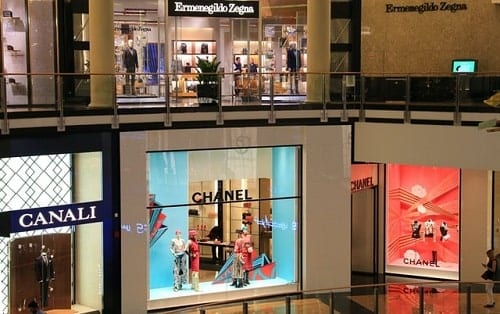A great article on the Wall Street Journal website outlines how men and women shop differently and usually have different criteria for how they evaluate products and are enticed into a store. This is very important information if you own a high street store. Whether your products are aimed at males or females will depend on how you display your products in your shop or store. Shop display items can go a long way to do this.
We’ve included the original article from the Wall Street Journal in this blog.
“The traditional sales model, where you treat every single person like an average consumer, doesn’t make any sense,” says Barbara Kahn, director of the University of Pennsylvania’s Jay H. Baker Retailing Center, which published one of the first studies on gender differences in the shopping experience.
The study found women are most affected by personal interactions with sales associates, while men are affected by pragmatic factors, like the availability of products and parking spaces.
“We can’t do one size fits all anymore. Women are risk-averse and will want to know more about the features and benefits of the product,” says Delia Passi, CEO of WomenCertified, a research and consumer advocacy group. Making the store experience more interactive, “touching a fabric, staging it with matching bags will prompt [a woman] to want to buy more.”
Men, on the other hand, just want to know where the product is, and they “want their areas clearly defined,” Ms Passi says. To men, the worst outcome is to walk out of a store empty-handed. Ms Passi says requests for her company’s training in gender-based selling have increased tenfold over the past decade. Her clients range from apparel retailers to automotive companies.
Brett Beveridge, founder and CEO of Retail Outsource Co., a sales-performance company in Coral Gables, Fla., says nearly all his clients are asking for training in gender-based selling. Mr Beveridge advises clients from big-box electronic retailers to service providers on how men and women respond to particular service and design choices. To cater to men, for example, he tells retailers to put information on fact boards near the products so men don’t have to ask questions of associates. Men “like to feel that they’re competent and know the answers,” he says.
Drawing from her training in gender-based selling with Ms Passi’s company last year, Judith Schumacher Tilton, dealer principal of Tilton Automotive Group, which operates two dealerships in Little Falls and Denville, both in N.J., says she is a strong proponent for colours on the showroom floor. When she got the newest Chevrolet Spark in July, she lined up techno pink and jalapeño green versions outside her dealership that day. Ms Tilton says the colours and display helped sell the cars more quickly than other model launches, even before they were advertised. “When women came in, it was the first thing they saw. We sold them right away,” she says.
The best way forward is to look at other male – or female-oriented stores and note the good and bad points about their display items. How are their clothes mannequins and window displays arranged? Do clothes hangers have branding, and how are the in-store products arranged? Making notes of how people in the store are viewing products, what they are looking at, and what they are not should give you a good idea of how to arrange your own store.


